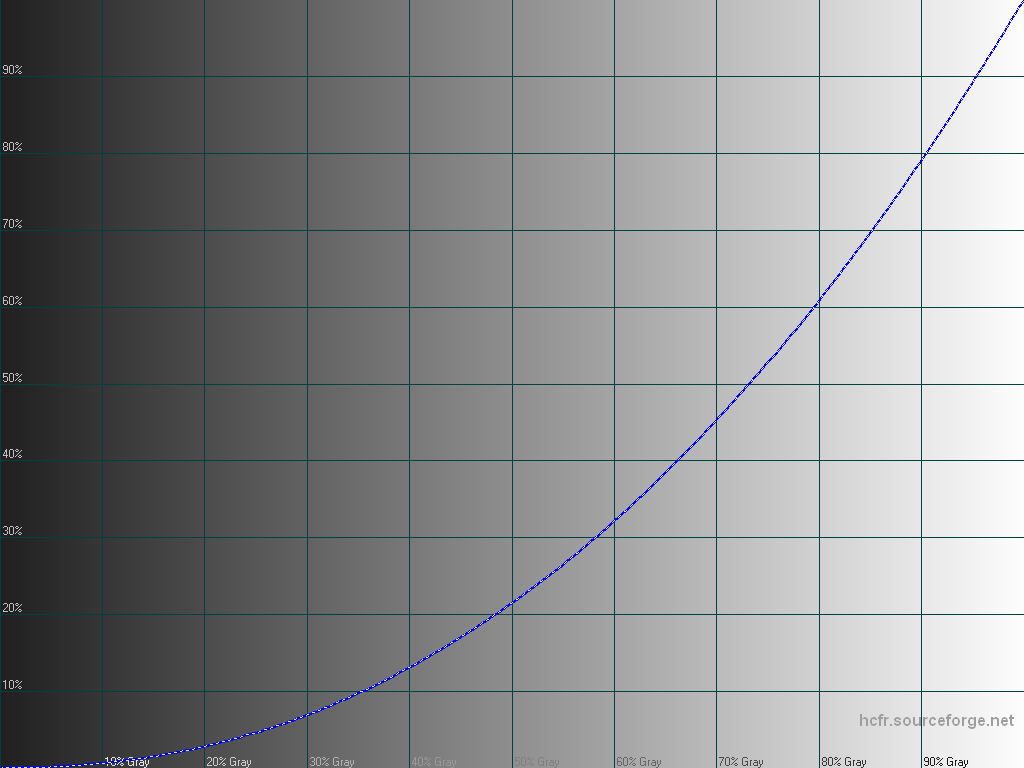One thing often overlooked is that the CIE 1931 2° color matching function is not ideal to match monitors in the first place for several reason:
– When you look at a monitor, the field of view used represents a lot more than 2°
– Further research since 1931 characterized the average eye's spectral response a lot better
Wide gamut displays like OLED, LCDs equipped with quantum dot film or furthermore LCDs with laser backlight can produce color primaries with narrow spectrum.
In case the wavelengths composing these primaries fall where the CIE 1931 XYZ function is not so precise, it turns out color matching between displays of different technologies simply doesn't work anymore. Like way off.
As an illustration, you probably have seen an AMOLED equipped smartphone that was too green despite the manufacturer's effort to calibrate it to D65 white point, and measurements with regular tools and software confirming that; but not your eyes.
This +Sony's whitepaper explain they had the same issue when calibrating their reference OLED displays and the solution they adopted.
That's another reason why I develop my own display analysis software suite.
The mobile industry is extremely fast at adopting the latest display technologies and it requires state of the art research to keep up 🙂
#supercurioBlog #calibration #color #development
www.wellen-noethen.de/fileadmin/images/news/2014/05-2014/OLED-ColourMatching-WhitePaper.pdf


